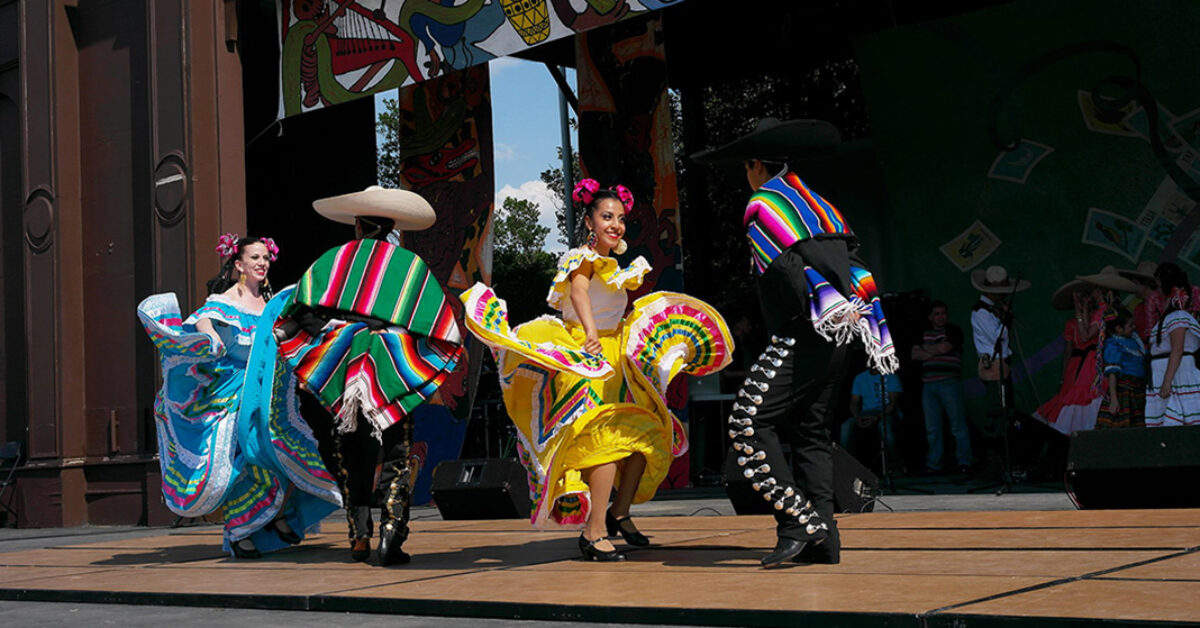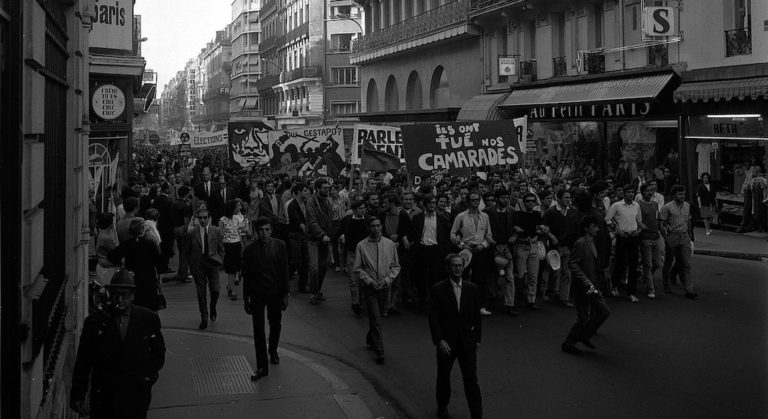On May 5, Mexico celebrates the Cinco de Mayo. For some people, it’s a day of military parades and historical reenactments. For others, it’s an occasion to get drunk off tequila, wear sombreros, and eat tacos. (PS: you probably shouldn’t do this.)
But if history had played out differently, everyone might be celebrating the Cinq Mai instead. Here’s why.
Contrary to the popular misconception, the fifth of May is not a celebration of Mexican independence. (That day is September 16, 1810.) Rather, the holiday Cinco de Mayo celebrates the Mexican victory over the French at the Battle of Puebla on May 5, 1862 — a battle that came to define not just Mexican and French history, but the history of all of North America.

The French were in the middle of their second intervention in Mexico, which the Mexicans obviously didn’t want. The Battle of Puebla in 1862 was a key turning point in that French intervention, which began in 1861 and didn’t end until 1867. Notably, it also prevented the French from making their way to the southern United States, where they intended to provide military support to the South in the ongoing Civil War between the Union and the Confederacy. (France didn’t like the US’s development of republican government in the west, and siding with the Confederacy would weaken the US’s role as a model for democracy.)
On the fifth of May in 1862, in the southern Mexican town of Puebla, about 2,000 Mexican soldiers, led by General Ignacio Zaragoza, managed to ward off 6,000 French soldiers in a resounding — and unexpected — victory.
It was a key moment in the French-Mexican War, which was fought over debts to the French, Spanish, and British that Mexican President Benito Juárez refused to pay. But it was a short-lived moment of victory.
About one month after that pivotal battle in 1862, the French sent another 27,000 troops to Mexico, which allowed them to temporarily retake control of Puebla, as well as some other parts of Mexico.
The war lasted another five years beyond that, and it wasn’t until 1867 that Mexican soldiers, with the help of the US, were able to fully repel the French army — effectively ending French presence in Mexico.
More than a century later, it’s probably a good thing the French did not have their way in Mexico.

Like many powers of their time, the French had sizable colonial aspirations. They set up shop across a large swath of the western United States, which they would later sell to the US through the Louisiana Purchase. They also maintained outposts in the Caribbean, in countries they held (or had held) as colonies such as Haiti, Guadeloupe, and Martinique, to name a few. Much of this presence in the Caribbean remains to this day. Had the French been victorious in Mexico and thus able to back the Confederacy in the war, the US’s democratic experiment might have ended.
But the French were never able to wrestle control over the much bigger, and quite resilient, Mexico. The first French intervention in Mexico — aptly called the “Pastry War” — was also unsuccessful.
Now in the rearview of history, Americans and Mexicans alike can celebrate that the second intervention, with its immense geopolitical significance, failed. Without the bravery of those Mexican troops at the Battle of Puebla, not only might Americans not be celebrating the Cinco de Mayo — the United States might not even exist.
So, suffice it to say: let’s drink to that.






